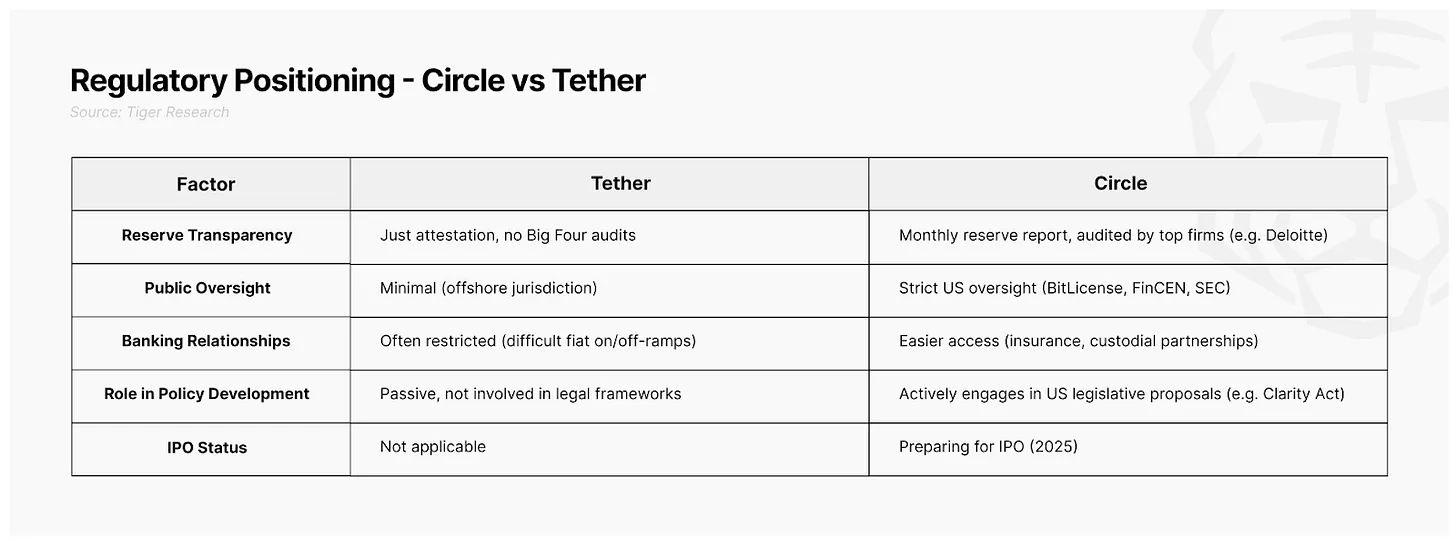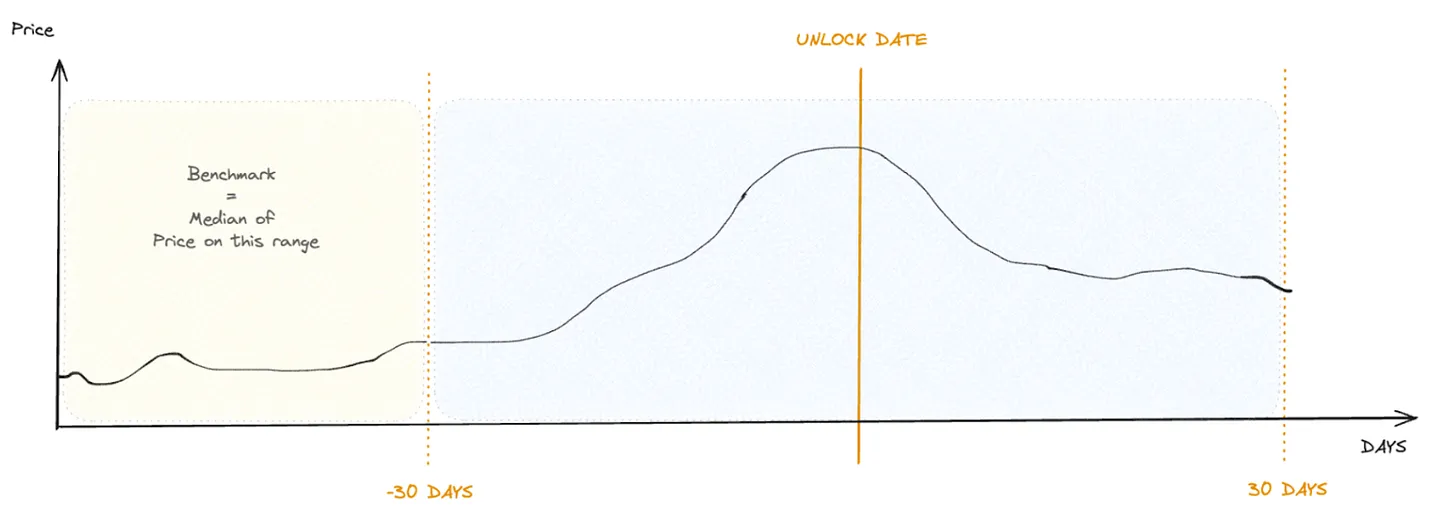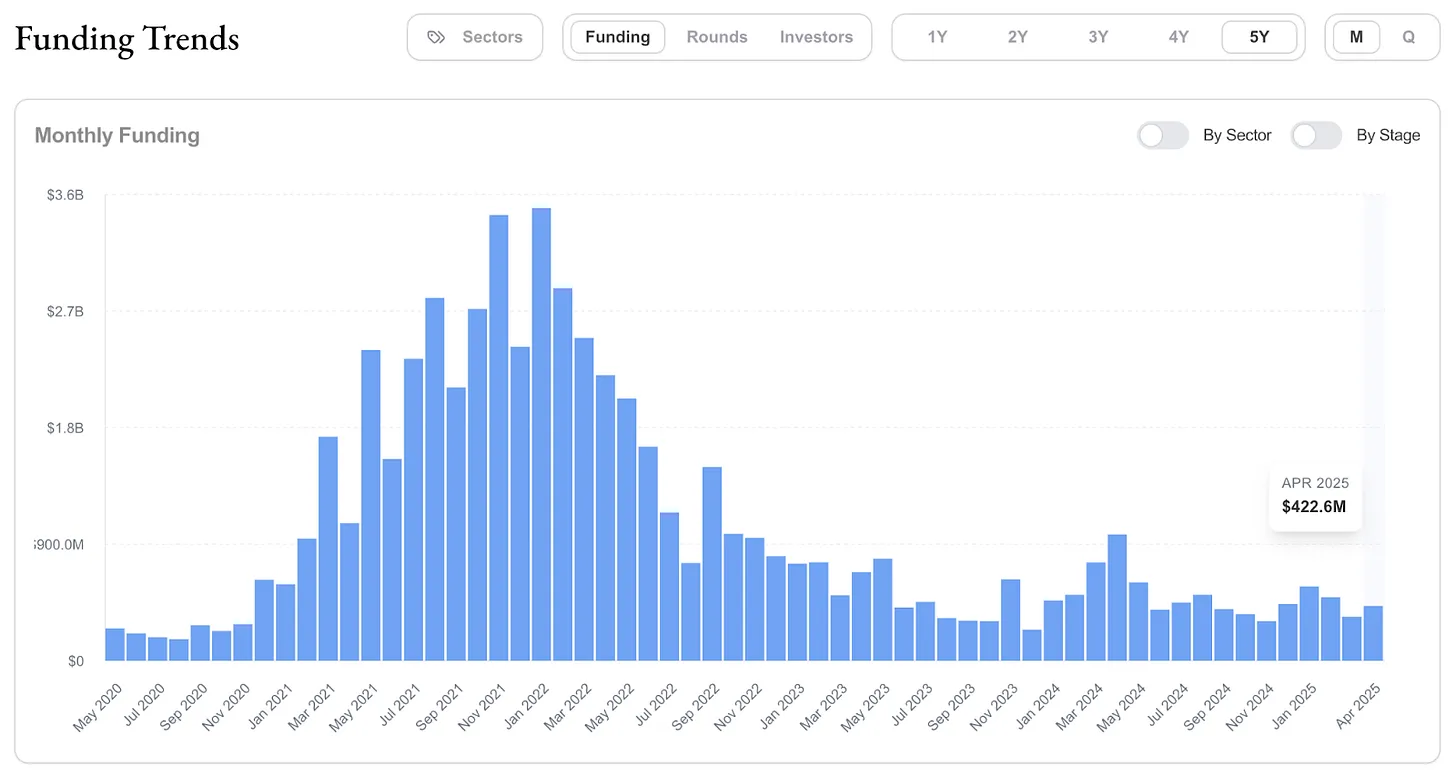Author: Tiger Research
Key Summary
- Web3 companies are using IPOs as a strategic tool to build a formal regulatory framework, gaining the trust of institutional investors and regulators while achieving deep integration with traditional financial markets.
- The token financing model exposes structural flaws such as severe price volatility, regulatory ambiguity, and liquidity management pressures, highlighting the necessity of transitioning to IPOs.
- Centralized exchanges (Bithumb, Kraken), stablecoin issuers (Circle, Paxos), and Web3 solution providers (Chainalysis, Nansen) are expected to lead the IPO wave, expanding institutional funding channels and enhancing global competitiveness through listings.
1. From Tokens to Stocks: The IPO Transition Trend in the Web3 Industry
Stablecoin issuer Circle submitted an IPO application to the U.S. Securities and Exchange Commission (SEC), sparking widespread attention in the Web3 industry regarding the IPO pathway.
Web3 companies have traditionally preferred token financing models: reaching retail investors directly through ICOs (Initial Coin Offerings) and IDOs (Initial DEX Offerings), and selling future token rights to institutional investors through SAFTs (Simple Agreements for Future Tokens). These methods have driven the early explosive growth of the Web3 industry, but severe token price volatility and regulatory uncertainty continue to trouble institutional investors, severely limiting their ability to achieve investment returns.
In this context, IPOs have become an alternative choice. Web3 companies can obtain more stable, long-term funding through IPOs, reduce legal uncertainties through proactive compliance, establish standardized corporate valuation frameworks, and reach a broader investor base. This report delves into the core motivations behind Web3 companies' transition from token models to IPOs, assessing the impact of this transformation on the industry ecosystem and future prospects.
2. The Deep Logic Behind Web3 Companies Choosing IPOs
2.1 Regulatory Trust as a Strategic Asset
Web3 companies are positioning IPOs as a "regulatory compliance certification mark." Just as food companies gain consumer trust through quality certifications, IPOs allow Web3 companies to clearly demonstrate their compliance efforts to the market, a strategy particularly effective in trust-driven business areas such as stablecoin issuance and custody services.

Circle's ongoing IPO process confirms its strategic value. The company attempted a SPAC listing in 2021 without success and now plans to pursue an IPO again in early 2025. Since 2018, Circle has built the credibility of its stablecoin by obtaining a BitLicense in New York and regularly publishing reserve reports, but it has only gained limited trust without formal market validation. The IPO allows Circle to formally establish credibility through the SEC's standardized disclosure framework, achieving "market access passports" compared to Tether, enabling collaboration with global financial institutions and entry into broader traditional markets.
Coinbase validated the strategic value of compliance through its IPO. The exchange adhered to strict legal compliance before its IPO and quickly expanded its footprint post-listing: establishing a strategic partnership with BlackRock, providing ETF custody services, and connecting with over 150 government agencies. This trajectory shows that institutional investors formally recognize Coinbase's compliance efforts through the IPO, translating this recognition into a key competitive advantage in building trust.
2.2 Structural Dilemmas of Token Financing
Token financing played a crucial role in the early development of the Web3 industry, providing fast and efficient funding channels. However, after issuing tokens, companies must navigate unique complexities: they must rely on centralized exchanges (CEX) to expand investor coverage, while exchanges create significant uncertainty with opaque and subjective listing standards; after listing, they must provide direct liquidity or ensure market-making partnerships. In contrast, traditional IPO processes follow standardized procedures and clear regulatory frameworks.

Token unlock events often accompany significant price declines, source: Keyrock
Price volatility constitutes another core issue. Large-scale token unlocks trigger severe market price fluctuations; Keyrock data shows that 90% of unlock events lead to price declines, with team token unlocks averaging a 25% price drop. This price collapse makes it difficult for institutional investors to achieve investment returns, reinforcing their negative perception of the token model.

Crypto VC financing has plummeted: 2021-2025, source: Decentralised.co
This trend is significantly changing the landscape of the crypto venture capital market. Decentralised.co data shows that global crypto venture capital funding dropped by over 60% from 2022 to 2024, with Singapore's ABCDE Capital recently halting new project investments and fundraisings, indicating a visible market shift.
Companies struggle to effectively connect token economic models with operational substance. Aethir and Jupiter have achieved considerable revenue in the Web3 industry, but these business successes rarely correlate with token prices, often obscuring business focus. Fireblocks and Chainalysis primarily provide centralized services rather than token products, and issuing tokens lacks organic fit and clear necessity. Designing and validating token utility has become a significant challenge, which not only distracts from existing business focus but also brings additional regulatory and financial complexities, prompting Web3 companies to turn to IPOs for breakthroughs.
2.3 Expanding Investor Coverage Dimensions

Global sovereign wealth funds manage over $13 trillion, source: globalswf.com
IPOs provide Web3 companies with the greatest advantage: access to large institutional capital that token financing cannot reach. Due to internal compliance policies, traditional financial institutions, pension funds, and mutual funds cannot directly invest in cryptocurrencies but can invest in publicly traded companies in regulated securities markets. Global sovereign wealth funds manage approximately $13 trillion in assets, revealing the potential funding pool that Web3 companies can access through IPOs.
Even in regions with strict crypto regulations like South Korea and Japan, IPOs can create effective indirect investment channels. South Korean institutional investors cannot directly invest in Bitcoin ETFs but can indirectly participate in the crypto market through publicly listed companies like Coinbase and MicroStrategy; Japanese investors can avoid high crypto trading taxes by obtaining efficient crypto asset investment opportunities through Metaplanet stocks. This accessibility expansion will promote diverse investor participation, providing legitimate and stable investment tools within the regulatory framework.
2.4 Strategic Value as a Flexible Financing Tool
IPOs enable companies to effectively raise large-scale capital. Coincheck and Coinbase successfully financed through IPOs and implemented aggressive business diversification: Coincheck used funds from its Nasdaq listing to acquire Next Finance Tech; Coinbase enhanced its global competitiveness by acquiring FairX (a derivatives exchange), One River Digital (an asset management company), and BUX Europe (an EU market entry). Although the specific contributions of IPO funds to these acquisitions have not been disclosed, they likely provide an important foundation for expansion strategies.
IPOs also empower companies to use stock as a means of payment for mergers and acquisitions. Publicly listed companies can execute M&A transactions using stock as consideration, reducing reliance on cash or volatile crypto assets. This operation achieves efficient capital management and strategic partnership building. After going public, companies can continuously utilize diverse capital market tools such as new stock issuance, convertible bonds, and rights issues to achieve sustainable flexible financing that aligns with their growth strategies.
3. Future Outlook for the Web3 Industry IPO Market
In the coming years, IPO activity in the Web3 sector will significantly increase, reflecting the accelerated institutionalization of Web3 and benefiting from successful cases like Coinbase, which raised substantial funds through public offerings and achieved global expansion. Centralized exchanges, custody service providers, stablecoin issuers, and Web3 solution companies will lead this wave of IPOs.
3.1 Centralized Exchanges and Custody Service Providers
Exchanges like Bithumb, Bitkub, and Kraken, along with custody service providers like BitGo, are strong candidates for IPOs. These companies build competitive advantages through compliance and asset security, needing to enhance institutional credibility and market strength through IPOs. Their revenues are highly correlated with crypto market cycles, and IPO funds will help them expand new businesses to achieve stable income.
3.2 Stablecoin Issuers
Following Circle, compliant stablecoin issuers like Paxos may follow suit with IPOs. The stablecoin market emphasizes reserve transparency and clear regulation; IPOs can both showcase compliance frameworks and establish market trust. As global regulations continue to evolve, such as the EU's MiCA and the U.S. stablecoin bill, IPOs will grant issuers significant strategic advantages.
3.3 Web3 Solution Companies
Web3 analytics companies like Chainalysis and Nansen are also key candidates for IPOs. These companies provide professional services to government and institutional clients and need to enhance market credibility and solidify global leadership through IPOs. Funds raised from IPOs will be invested in technology upgrades, international expansion, and talent acquisition, building a foundation for sustainable development.
4. Conclusion
The rise of IPOs in the Web3 industry marks a clear shift towards mainstream capital markets. Through IPOs, Web3 companies not only secure funding but also formalize regulatory compliance, attract institutional investors, and enhance global competitiveness. In the context of a continued decline in crypto venture capital, IPOs provide a stable and flexible financing alternative.
However, IPOs are not suitable for all Web3 companies. Even companies that choose to go public are unlikely to completely abandon token financing. While IPOs can provide broader funding channels, stronger credibility, and easier access to global markets, they require significant compliance costs, internal control development, and public disclosure. The token model supports rapid early-stage financing and fosters an active community ecosystem.
Companies can strategically combine both models: Exchanges can establish institutional trust through IPOs for global expansion while using tokens to enhance user engagement and loyalty. Web3 companies need to carefully choose the optimal combination of IPOs and token issuance based on their business models, development stages, and market strategies.
免责声明:本文章仅代表作者个人观点,不代表本平台的立场和观点。本文章仅供信息分享,不构成对任何人的任何投资建议。用户与作者之间的任何争议,与本平台无关。如网页中刊载的文章或图片涉及侵权,请提供相关的权利证明和身份证明发送邮件到support@aicoin.com,本平台相关工作人员将会进行核查。



